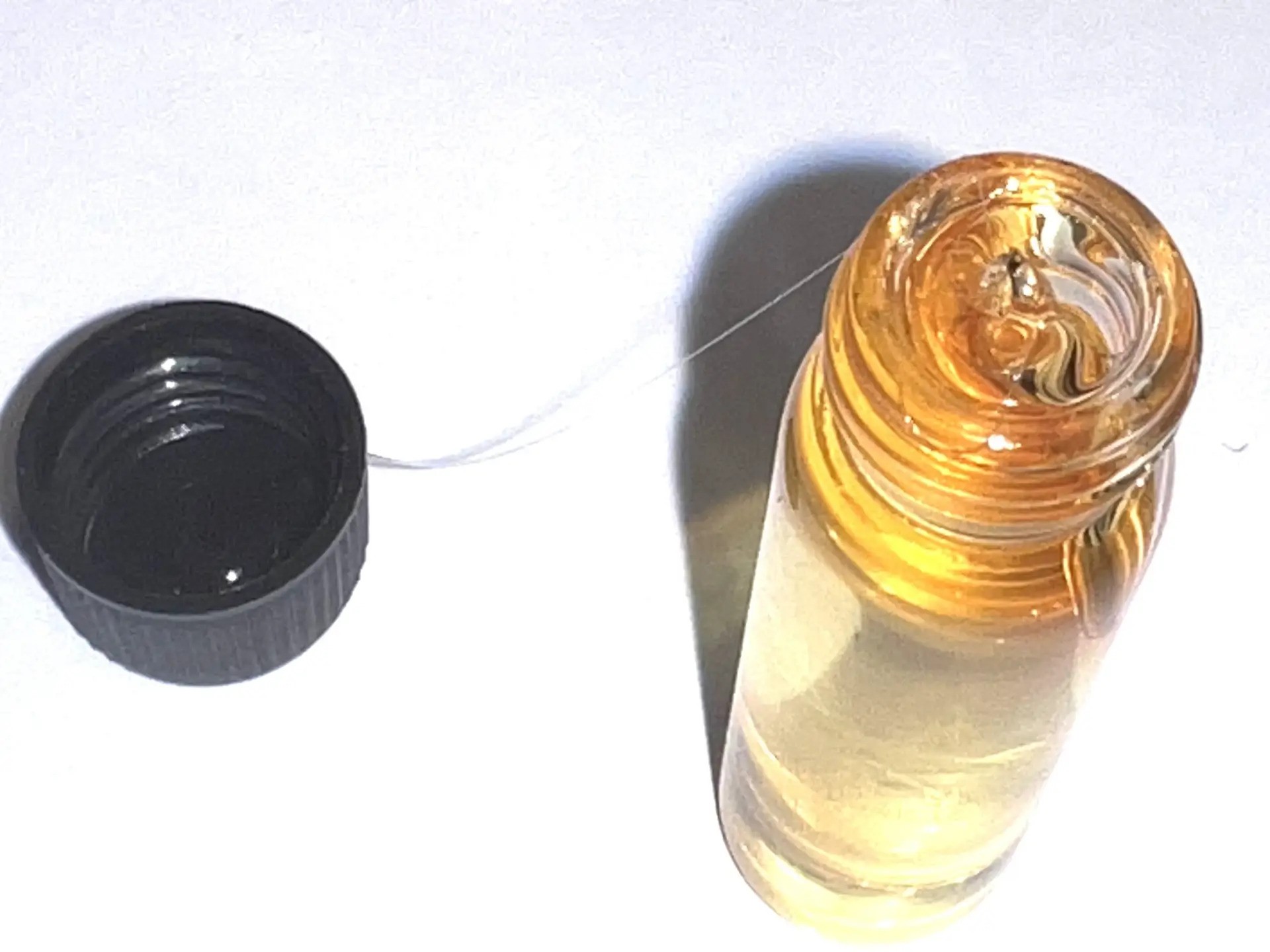Delta-9-tetrahydrocannabinol, more commonly known as Delta 9 THC, is the primary psychoactive compound found in cannabis. It’s the component responsible for the “high” that users experience, but the science behind how it works is more fascinating than many people realize.
When you consume cannabis—whether by smoking, vaping, or ingesting—it enters the bloodstream and eventually reaches the brain. Delta 9 THC interacts with a system in the body known as the endocannabinoid system (ECS). The ECS is a complex network of receptors, enzymes, and endocannabinoids (compounds naturally produced by the body) that help regulate various physiological processes, including mood, appetite, memory, pain sensation, and more.
Within the ECS, two main types of receptors play key roles: CB1 and CB2 receptors. CB1 receptors are primarily located in the brain and central nervous system, while CB2 receptors are found mostly in the peripheral organs and immune cells. Delta 9 THC has a strong affinity for CB1 receptors in the brain. When it binds to these receptors, it alters normal neurotransmitter release, which leads to the feeling of euphoria, relaxation, altered perception of time, and increased sensory awareness commonly associated with being high.
This interaction can also impact memory, coordination, and concentration. That’s why some people may feel more relaxed and introspective, while others may feel disoriented or paranoid depending on dosage, tolerance, and individual body chemistry.
Interestingly, THC mimics the action of anandamide, a naturally occurring neurotransmitter known as the “bliss molecule.” Anandamide helps regulate mood and appetite in the brain. Because THC is structurally similar to anandamide, it can bind to the same receptors, but often with stronger and longer-lasting effects.
The intensity and duration of a Delta 9 THC high can vary depending on how it’s consumed. Inhaled THC hits the brain faster and produces more immediate effects, typically within minutes. Edibles, on the other hand, take longer to digest and metabolize through the liver, which converts THC into a more potent form known as 11-hydroxy-THC, leading to a delayed but often more intense and longer-lasting high.
Conclusion
Delta 9 THC works by hijacking the body’s endocannabinoid system, binding to CB1 receptors in the brain, and mimicking natural compounds that affect mood and perception. Understanding this process not only explains the high but also sheds light on the therapeutic potential of cannabis in treating conditions like chronic pain, anxiety, and insomnia.


